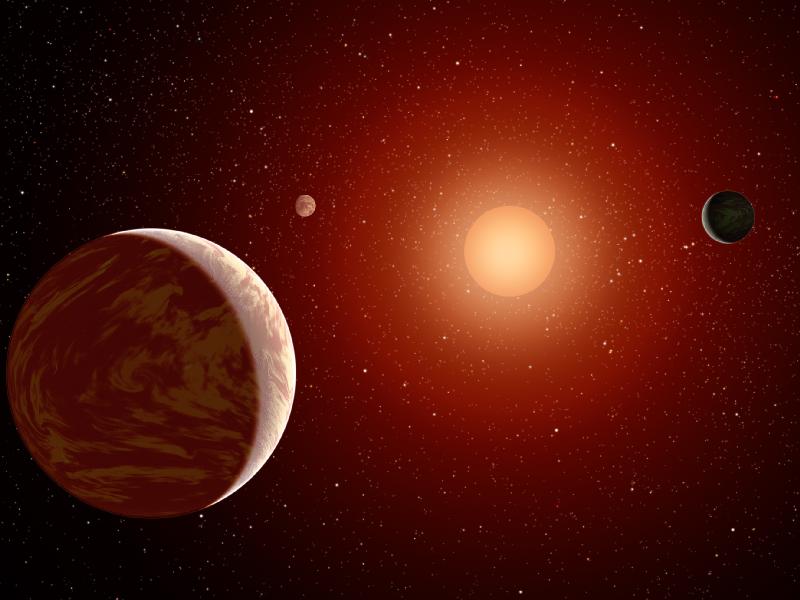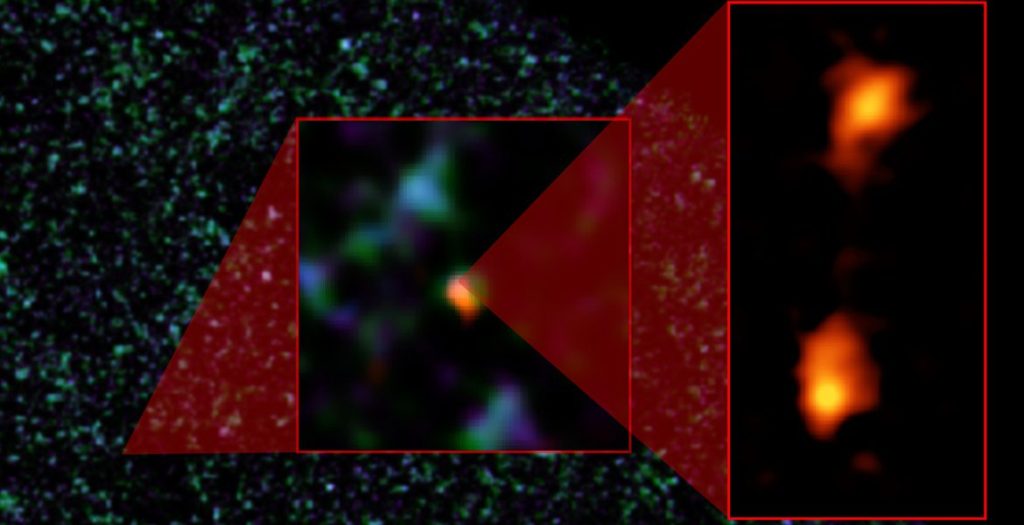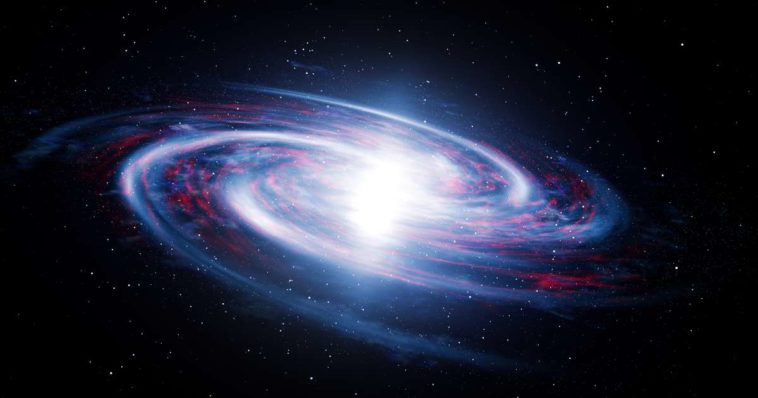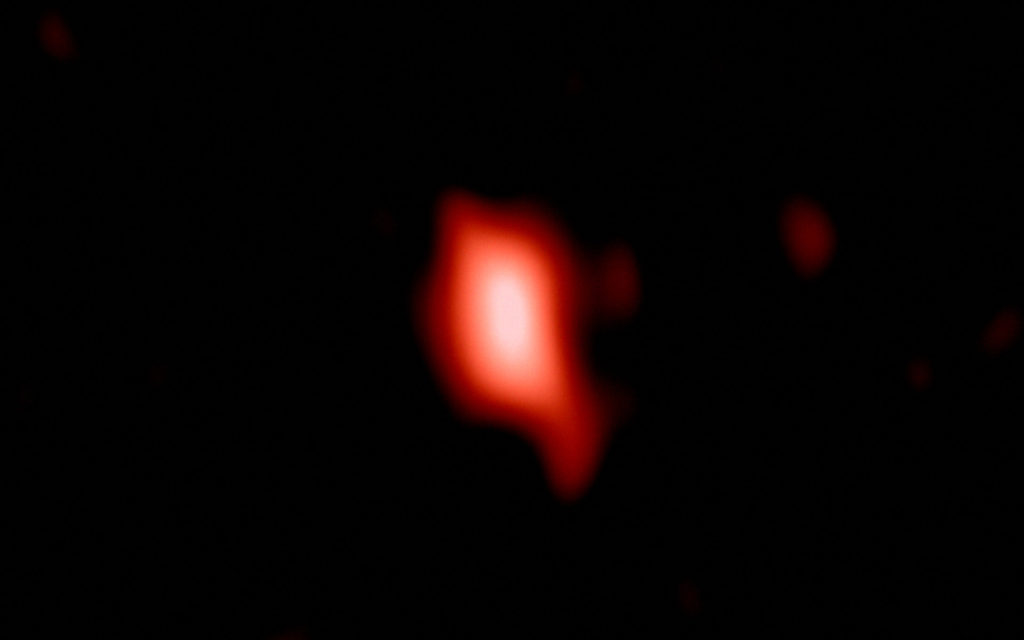7 Outstanding Discoveries from the Edge of Existence

The evolution of science and technology has had a significant impact on the astronomical observations of humans. In the last few decades, humanity has explored a number of surprising events and places in different parts of our universe. Scientists believe that the rate of discoveries will continue to increase as more and more resources are being invested to figure out the secrets of the universe. Following is a list of 7 spectacular discoveries that came right from the edge of existence.
GN-z11

GN-z11 is an infant galaxy from the early universe. According to the image captured by the Hubble Space Telescope of NASA, it is 13.4 billion years old. This galaxy is often regarded as a violent place in today’s world but it was not always like that. The Hubble’s image showed that it had nearly 1% of the Milky Way’s mass (in a space that was 25 times smaller than our galaxy). Researchers believe that this image of GN-z11 was captured just 400 million years after the big bang (3% of the universe’s current age).
Starburst Galaxies

They are extremely rare commodities of our universe but astronomers did manage to find a collision between two of these galaxies at a distance of 12.8 billion light-years. Each galaxy of this swirling entity (known as ADFS-27) is much larger than the Milky Way while there is an approximate distance of 30,000 light-years between them. They are moving towards each other at a rapid pace and researchers conclude that the collision will have enough energy to establish an entire galaxy cluster.
Whirlpool Galaxies

The Atacama Large Millimeter/submillimeter Array (ALMA) detected the rotation of two of the oldest galaxies on record during its survey of the universe. Both of these whirlpool galaxies are 5 times smaller than the Milky Way and were captured at the age of 800 million years. The color gradients of the captured image clearly indicate the rotation of galaxies and the motion of the gas despite being 13 billion years old.
Earliest Black Holes

The quasar J0439+1634 is one of the oldest sources of photons in existence. Scientists believe that this quasar powers an ancient black hole, which is nearly 13 billion years old and have a mass of almost 700 million Suns. Astronomers used the effect of Gravitational Lensing to trace this distant quasar. A 6-billion-light-years-away galaxy was positioned as a cosmic magnifying lens which redirected and amplified the photons to brighten up the quasar by 50 times. Consequently, researchers were able to capture the ancient light.
Fossil Gas Cloud

The early universe was made from Hydrogen and Helium but heavy elements continued to get mixed with these basic elements over time. It is believed that heavy elements are present anywhere and everywhere in the universe. Scientists found a pristine relic fossil gas cloud in the earliest days of existence. The interesting thing about this gas cloud is that it avoided all sorts of contamination for nearly 1.5 billion years after the Big Bang. The quantity of heavy elements inside this cloud is a clear indicator that it comes from the early days of the universe because it lacks heavy elements like metal.
HIP 11952

HIP 11952 is 375 million light-years away from us and is composed primarily of Helium and Hydrogen. Similarly, it lacks in metals which is substantial evidence that this star was born during the childhood of the Milky Way. What made this star even more amazing is the theory (presented in 2012) that it hosted two ancient planets.
It was quite shocking for scientists to believe this discovery because the formation of planets is nearly impossible in the absence of heavy elements. In order to paint a clearer picture, a team of astrophysicists used HARPS-N, a high-resolution spectrograph, to observe HIP 11952 for a period of 150 days. During this phase, they found nothing at all around this star and it was concluded that the previous discoveries of planets were not correct due to instrumental errors.
MACS1149-JD1

This galaxy is nearly 13.3 billion years old and some of the stars in it started to shine just 250 million years after the Big Bang. That’s the reason why it is termed as a ‘Galaxy with Old Stars’. Researchers recently detected a red wisp of ionized oxygen from MACS1149-JD1. The bright red color clarifies that this light has stretched a long way during its mammoth journey. Similarly, the existence of Oxygen reveals that the stars in this galaxy have been shining for a long time. You can have a look at the simulation of star formation in MACS1149-JD1 in the following video:
